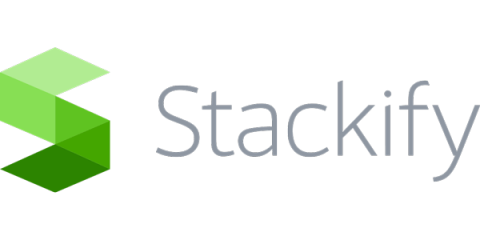Agile Testing: Arresting Anti-Patterns to Foster Productivity
The testing industry is blooming exponentially with new trends, tools, and patterns popping up constantly. Many of these new patterns claim to increase the productivity of testers and testing. Nevertheless, not all patterns increase productivity. Often, testers unconsciously fall into such anti-patterns. This article covers some common anti-patterns during agile testing, along with some tips and ideas on countering them.











